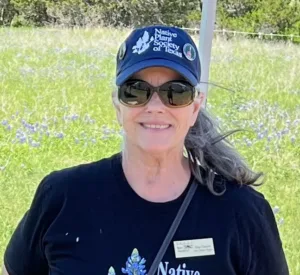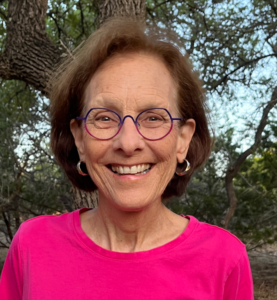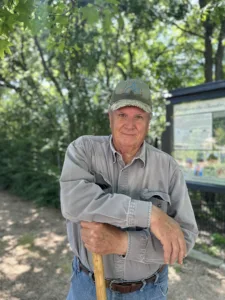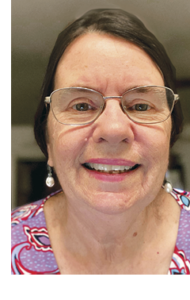
Kim Conrow
Kim joined the Society in 1997 to learn how to garden with drought tolerant plants when moving into a new home in Crowley. Becoming active in the North Central Chapter
Lauren Simpson
Since early 2015, Lauren Simpson has spent her spare time transforming her Houston home gardens into a pollinator-friendly habitat, currently a Certified Wildlife Habitat (National Wildlife Federation), a Monarch Waystation
Lonnie Childs
Lonnie Childs enjoyed a 30-year career as a manufacturing and supply chain executive capped by a stint leading his own management consulting firm. In 2001, he semi-retired to the Fredericksburg

Meg Inglis
In 2021 Meg Inglis was delighted to accept the position of the Native Plant Society of Texas (NPSOT) Executive Director. Prior to that, she coordinated NPSOT’s Native Landscape Certification Program
Mike McGee
Mike has a lifelong interest in nature and gardening and currently volunteers with the Native Committee at Mercer Botanic Gardens in Houston. He’s a member of his local chapters of
Pauline Singleton
Pauline is a retired pharmacist and a long time member of the NPSOT, NPAT, and Texas Master Naturalists. She has served as President of Watson Preserve since 2012.

Ricky Linex
Ricky Linex retired in 2021 as a wildlife biologist for the Natural Resources Conservation Service and now works as a range and wildlife consultant. With NRCS, Linex worked 52 counties
Roger Sanderson
Roger was Director of Horticulture at the Texas Discovery Gardens for over 7 years and was the Director of Botanical Gardens /Wildlife Biologist at the Heard Natural Science Museum for
Steven Schwartzman
Steven Schwartzman has been photographing, and teaching others how to photograph, native plants in Texas for over 20 years.

